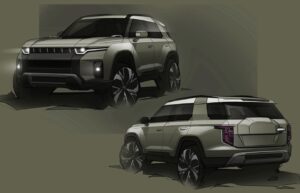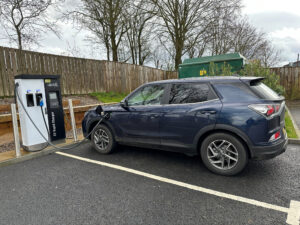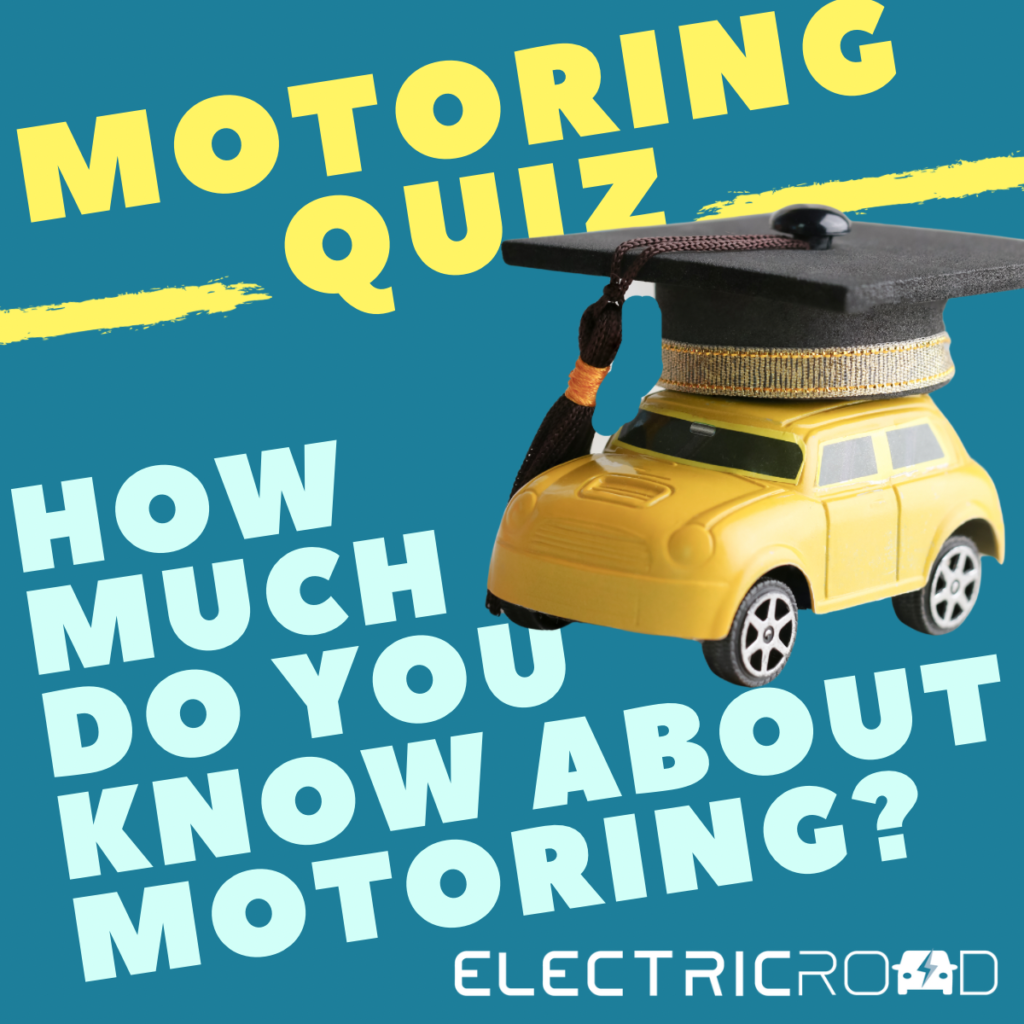SsangYong Motors has announced they will be accelerating its new car development programme in preparation for its future and as part of a robust set of self–help measures. The company has determined that as part of any future merger and acquisition (M&A), it is to become the driving force of this new self-rescue plan and central to this is a full-scale move towards meeting the future demands of the international automotive market.
By renewing confidence in the brand, ensuring its survival in the rapidly changing automotive marketplace and achieving future growth, SsangYong is aiming to quickly end the company’s rehabilitation procedures and create an environment that leads to a successful M&A by looking for a new investor that will commit to continuous future investment. This is now happening through an intensive restructure of the business and a focus on meeting fast-changing automotive trends.
New car development is central to this and is being achieved through cost reduction and system efficiencies achieved through production and human resources management. The first tangible result is the announcement of SsangYong’s first electric vehicle; developed under the project name of E100, the Korando e-Motion went into full-scale production on Monday, June 14th.
Get our FREE ‘GUIDE TO THE BEST EVs’ e-mailed directly to your inbox
The Korando e-Motion is the first mid-sized electric SUV vehicle in Korea and offers the spacious interior and convenience of a family car. The overall design is one that offers an urban driving style with aerodynamic lines to minimise air resistance and a quality driving experience.
Due to restricted supplies of semi-conductors, affecting all manufacturers, the Korando e-Motion is scheduled to be shipped in August for sale in Europe and the UK later in the year. Launch plans for the domestic market will be announced as soon as the availability of semi-conductors becomes clearer.
The company has also announced that it is accelerating the development of its next EV, a medium-sized SUV under the project name J100, with the plan of launching in 2022. The design of the J100 will give a new, modern, authentic SUV, with styling cues based on SsangYong’s design language to create a strong and safe SUV.
 Concept J100 due to go into production in 2022
Concept J100 due to go into production in 2022
SsangYong Motors Receiver, Yong Won Chung says: “We are establishing a strong foothold for corporate rehabilitation through a successful M&A and putting our very best efforts into new car development by addressing the rapidly changing automotive trends. In addition, we are expanding the line-up of eco-cars, discovering future growth opportunities such as new business models, and preparing for renewed competitiveness.”
SsangYong Motor is the Korean SUV specialist and builds a comprehensive line-up of SUVs: from Tivoli, the small SUV, semi mid-sized SUV, Korando, mid-sized SUV J100, to the larger Rexton. Now starting with Korando e-Motion, the company plans to expand its green car range with a mid-sized EV and EV pick-up.
About SsangYong cars
SsangYong cars are manufactured in South Korea by SsangYong Motor, which is 74 per cent owned by the Indian engineering conglomerate Mahindra & Mahindra and imported into the UK by SsangYong Motor UK. Established in 1954, SsangYong is Korea’s oldest vehicle manufacturer and only 4×4 and SUV specialist producer. There are currently some 65 SsangYong dealers covering England, Northern Ireland, Scotland and Wales, with new locations being added to the network all the time.










